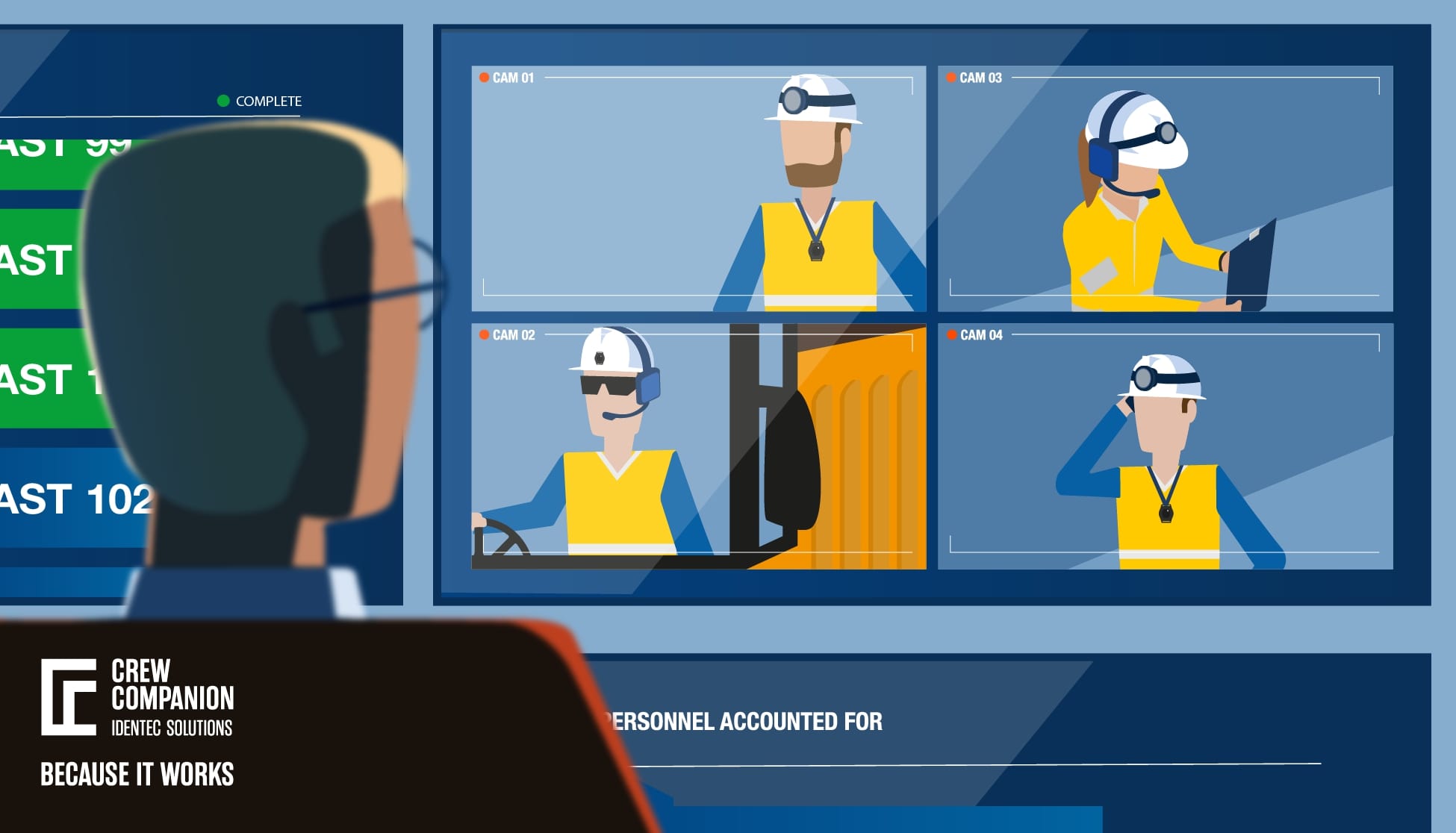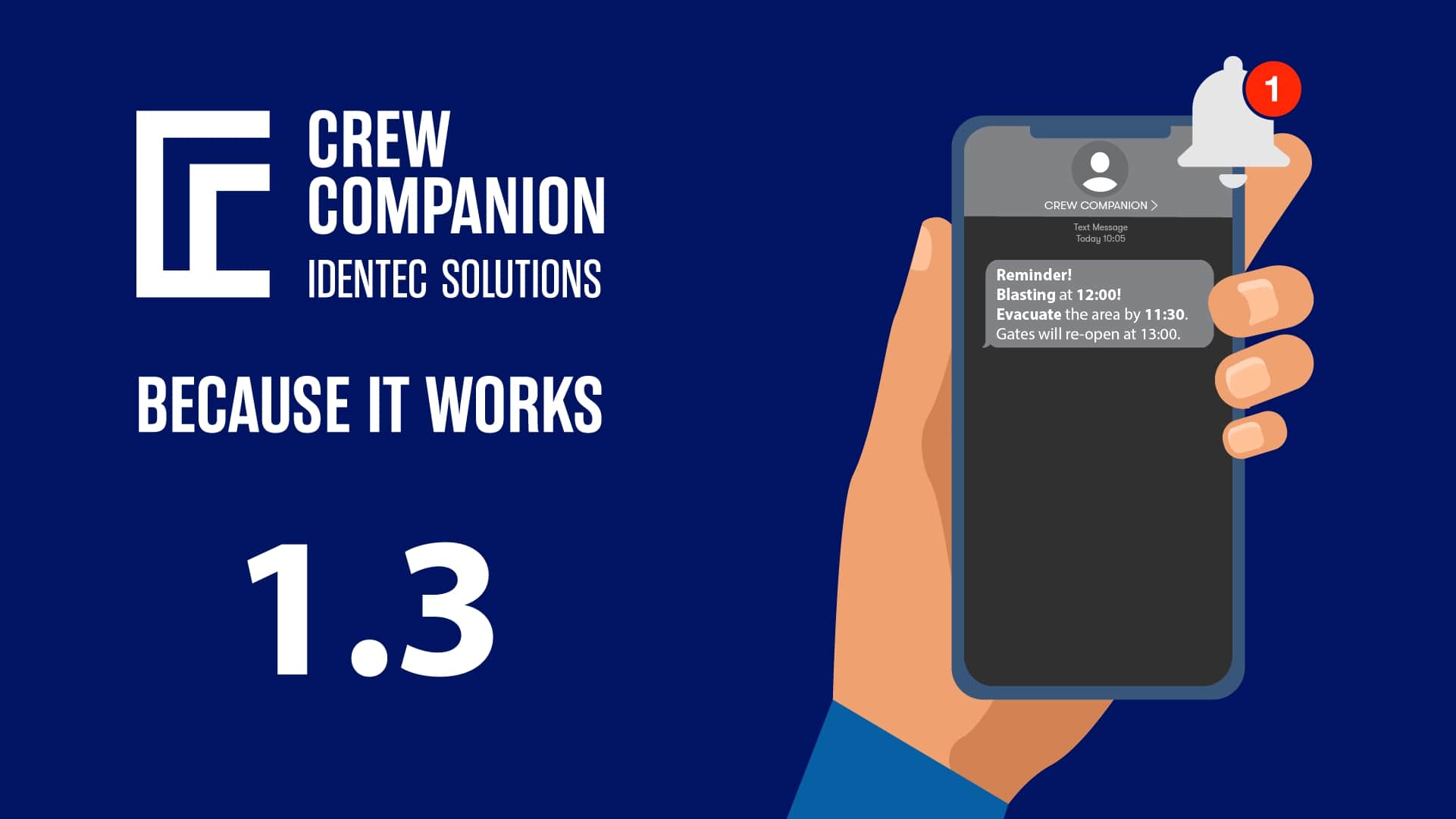Blasting Safety in Daily Mining Operations
| Written by Michal Wozniakowski-Zehenter

No video selected
Select a video type in the sidebar.
Table of contents:
- How To Assess Blasting Safety?
- Blasting Safety: Training
- What Equipment Is Recommended For Blasting Safety?
- Pre- And Post-Blast Inspection & Blast Monitoring
- Blasting Safety: Communication & Tracking Systems
- Blasting Safety: Technological Advancements
- FAQs
- Takeaway
- Glossary
Mining operations involve the use of explosives to break down hard rock formations to access valuable minerals. As blasting is one of the most hazardous activities in mining, multiple measures can be implemented to ensure that all aspects of these operations go according to plan.
How to Assess Blasting Safety?
The risk assessment process involves identifying and evaluating potential hazards, assessing the likelihood of their occurrence, and determining the potential consequences of such events. Some important factors need to be considered during the process, including the site conditions as the first one.
The location of nearby structures, roads, and utilities can affect the potential impact of the blast in open pit mines. In underground operations, it is mandatory to identify potential hazards associated with the release of hazardous gases and the risk of rock falls. It is essential to consider these factors when determining the blast design and the appropriate distance from the blast site.
Another important part is the selection of the explosives. Different types with varying properties can affect the impact of the blast, especially the amount and type of material used, the initiation system, and the placement of the charge can all affect effects, including the stability of the surrounding rocks. In open mine pits, weather conditions, such as wind speed and direction, might influence the blast's impact on nearby structures and communities.
Regardless of where the operation takes place, the experience and training of the personnel involved can affect the risk of accidents or incidents. It is important to ensure that all working crews are not only adequately trained and follow the appropriate safety procedures but also have an emergency action plan in place. These guidelines should be regularly reviewed and updated to ensure that they are effective.
Blasting Safety: TRAINING
Training workers in blasting activities is another critical aspect of ensuring safety. It is also important for efficiency since delays might result in millions of euros in losses per blast, compliance and quality. Only authorised and trained personnel can handle explosives and need to know all aspects of their sensitivity, stability, and detonation velocity to handle them safely. They must be stored in secure, designated areas and transported in a manner mitigating the risk of accidental detonation.
One important aspect is the design of an effective blast pattern with proper drilling of the holes and setting charges. Everyone working in the mine needs to understand how to properly use personal protective gear. It's also essential to provide ongoing training and education to keep workers up-to-date on the latest blasting techniques and safety procedures.

What EQUIPMENT is recommended for blasting SAFETY?
Since hard hats, safety glasses, earplugs and other parts of protective clothing are a no-brainer, plenty of other equipment can be used to reduce accidents. Blast shelters are one of them. They are made of steel or concrete and protect the crew from the force of an explosion and potential flying debris. Frame buildings can collapse under overpressure as low as 3 psi (20 kPa), whereas blast shelters are typically designed to withstand overpressure levels of several hundred psi. They work best in combination with the blast mats. Made out of heavy-duty rubber or woven materials, being placed over explosives minimises the mentioned fly rock and ground vibration. Past seismograph usage will also help indicate the safe distance for miners from the blast site. (2)
Before beginning any blasting work, it is essential to have clear warning signs and signals in place to alert workers of the impending danger. They could include sirens, flashing lights, verbal warnings or message notifications directly to the personal devices or radios of all crew. Blasting can generate a lot of dust and fumes, which can harm workers. What’s also important is proper ventilation equipment. Dust collectors or exhaust fans should be used to remove harmful particles from the air. If all those measures are in place, perfect. But still, preparation for an emergency is pivotal. If something really went sideways, the availability of first aid kits, fire extinguishers and other underground mining safety equipment is a must.
PRE- AND POST-BLAST INSPECTION & BLAST MONITORING
Inspecting the site before and after the explosion, as well as monitoring it during the event, is also crucial to ensure safety measures for the personnel, all assets and the mine itself.
Before conducting a blast, a pre-blast inspection should be carried out, including checking the blast area for any obstructions or hazards, verifying that the blast design is appropriate, and confirming that all equipment is in good working condition. During and after the explosion, checks are critical to measuring vibrations and noise levels as well as air quality with the level of toxic gases and dust that doesn’t pose a health hazard to workers and nearby communities if the operation is performed in an open pit mine.
Post-blast inspection should be conducted to assess the effectiveness of the blast and ensure that there are no unexploded charges or other hazards in the area, together with checking for any damages to nearby structures or the environment. Those assessments might be performed with the use of drones and automated robots for remote and quick analysis or ground penetrating radars for a detailed overview of the rock structure.

Blasting Safety: COMMUNICATION & TRACKING SYSTEMS
Communication should be clear and concise for it to be effective. All workers should be aware of the blasting schedule and any potential hazards. Workers should also be trained to report any unsafe conditions or incidents immediately.
Information about upcoming events should be delivered to each person who might be affected by the previously mentioned warning systems, including lights and sounds. It also includes personal tags and readers as a part of a real-time personnel location system. Based on proximity to the blasting area, all affected crew can receive an SMS notification about upcoming events to seek shelter in a safe area.
Mine operators can also easily see on the screen in the control room if all areas are evacuated and prepared for blasting. These features are available in Crew Companion, a scalable and customisable personnel monitoring solution. Radio communication is also used to manage miners' positions before executing the blast.

BLASTING SAFETY: TECHNOLOGICAL ADVANCEMENTS
The introduction of various technologies in the last couple of years has completely changed the face of blasting safety in mining operations. It changed the way explosives were handled and executed. More digital tools and automated systems resulted in higher accuracy and fewer risks than the conventional techniques. For instance, blast design software allows engineers to simulate and optimise blast patterns with high accuracy so that the right quantity of the explosive can be used for the different geological formations. The precision reduces the risk of fly rock and excessive ground vibration, protecting workers and nearby structures from potential damage.
Also, remotely controlled Blasting Equipment is very common and allows operators to carry out blasts from a distance. This technology minimises the need for workers to be physically at the site of potential dangers. The use of drones also allows for pre- and post-blast inspections, offering a safe and effective way to survey blast sites to establish possible dangers without exposing workers to those dangers.
Real-time monitoring systems are also very important for the optimisation of blasting safety. Such systems monitor seismic activities, air quality, and structural integrity during the blasting process and provide operators with real-time information on that. From this data, mining companies can make informed decisions in mitigating risks while ensuring all business operations are done within the confines of established safety regulations. Further, technologies like GPS and wireless communication devices allow exquisite coordination and communication among the teams, ensuring that all personnel are aware of schedules for blasting and safety protocols.
FAQs BLASTING SAFETY
- What are the potential hazards of blasting?
The potential hazards of blasting include air overpressure, ground vibration, fly rock, noise, dust, and toxic fumes.
- Who is responsible for ensuring blasting safety?
Blasting safety is the responsibility of the blasting contractor, the mine or construction site operator, and any regulatory agencies involved in overseeing blasting activities.
- What are the recommended safety precautions for workers during blasting?
Personnel should be trained in blasting safety, wear appropriate personal protective equipment, follow established procedures and safe work practices, be in communication with the blast operator, and be informed of the potential hazards associated with the blasting.
TAKEAWAY
There is a lot of pressure to keep the schedule of operations in each mine. Stakes are high since every delay in blasting operations might generate huge profit losses. This brings a lot of pressure on all the involved parties, which might lead to mistakes and human errors. That’s why blasting safety is a crucial aspect that cannot be overlooked. It involves careful planning, training, and execution of blasting activities to ensure the safety of workers and nearby communities. If you want to improve your blasting process efficiency, you may be interested in IDENTEC SOLUTIONS' newest version of Crew Companion (1.3). It automatically informs every miner in a danger zone in time to evacuate before a scheduled blast.
Dive deeper into one of our core topics: Mining Safety
Glossary
A Blasting Mat - is typically constructed from sliced rubber tires bound together with ropes, cables, or chains. It is used during rock blasting to contain explosions, prevent flying debris, and suppress dust. Blasting mats are commonly employed in locations such as quarries or construction sites where explosives are detonated. These mats are placed over the blasting area to contain the explosion, reduce noise, suppress dust, and prevent high-velocity rock fragments, known as flyrock, from causing harm to nearby structures, individuals, or the environment. While proper drilling techniques can minimise flyrock, it is often difficult to eliminate it in practice. (3)
Sources:
(1) https://www.msha.gov/news-media/alerts-hazards/mnm-safety-alert-explosive-and-blasting-safety
(2) https://en.wikipedia.org/wiki/Blast_shelter
(3) https://en.wikipedia.org/wiki/Blasting_mat
Note: This article was updated on the 5th of August 2025. This article was partly created with the assistance of artificial intelligence to support drafting.

Author
Mark Buzinkay, Head of Marketing
Mark Buzinkay holds a PhD in Virtual Anthropology, a Master in Business Administration (Telecommunications Mgmt), a Master of Science in Information Management and a Master of Arts in History, Sociology and Philosophy. Mark spent most of his professional career developing and creating business ideas - from a marketing, organisational and process point of view. He is fascinated by the digital transformation of industries, especially manufacturing and logistics. Mark writes mainly about Industry 4.0, maritime logistics, process and change management, innovations onshore and offshore, and the digital transformation in general.
Related Articles
Related Product





